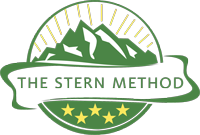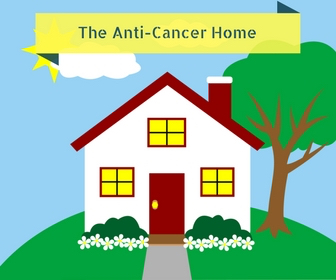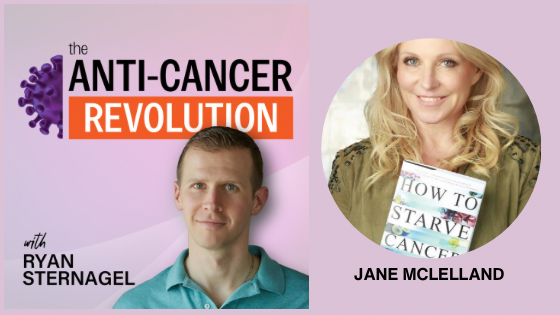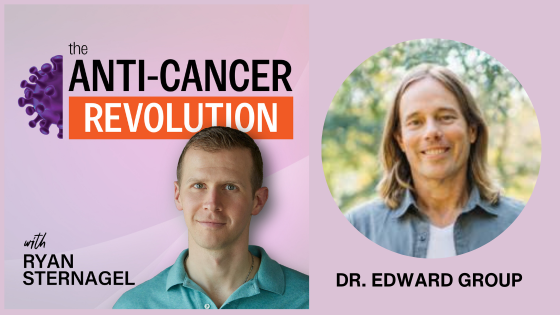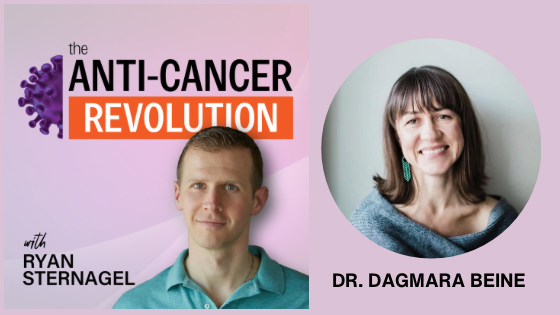Managing Weight Loss / Cachexia
Cachexia or wasting syndrome is loss of weight, muscle atrophy, fatigue, weakness, and significant loss of appetite.
80% of cancer patients are malnourished and 40% die of malnutrition.
Consider melatonin, glutamine, Haelen 951 (41) and/or Master Amino Acid Pattern (MAP™) (42).
MAP™ is a dietary protein substitute that provides the MAP Master Amino Acid Pattern® (U.S. Patent No. 5,132,113) a unique pattern of essential amino acids in a highly purified, free, crystalline form. After oral ingestion, MAP™ is rapidly utilized. MAP™ does not require the aid of peptidases and therefore is absorbed within 23 minutes through the first 100 cm of functional small intestine.
The results of comparative, double-blind, triple- and quintuple-crossover Net Nitrogen Utilization® (NNU®) clinical studies have shown that the subjects, while taking MAP™, as a dietary protein substitute, achieved a body’s 99% NNU®. This means that 99% of MAP’s constituent amino acids followed the anabolic pathway, thus acting as precursor of body’s protein synthesis.
MAP™ could be an interesting adjunct to those pursuing a ketogenic diet as part of their cancer treatment plan. (43)
A recent review found mixed results in improvements of lean body mass of cancer patients using combination therapy of β‐hydroxy‐β‐methylbutyrate (HMB), arginine, and glutamine, (44) however glutamine supplementation has demonstrated benefit in other studies. (45, 46)
Although the mechanism in treatment of cachexia is unclear, it is thought that glutamine, a modulator of protein turnover, enhances net protein synthesis.
A recent review entitled The Efficacy of Oral Nutritional Intervention in Malnourished Cancer Patients, concluded that “nutritional intervention improves the indices of nutritional status, inflammation, immune function, and QOL. Nutritional status indices, QOL measures and duration of hospital stay were improved in about 40% of studies. One or more markers of immune function and inflammatory responses were improved by ONS in 65% of selected studies. Based on the reported mechanistic insights on malnutrition in cancer patients, nutritional formulas containing extra functional components should be considered for further development.”
Managing Hair Loss
A rodent study looked at the effects of AHCC supplementation on cytosine arabinoside (Ara-C) induced hair loss. Of the Ara-C treated rats 71.4% showed severe alopecia and 28.6% showed moderate alopecia. However, the AHCC treated Ara-C group was significantly protected from alopecia. Ara-C treated rats had profound loss of hair follicles but the Ara-C plus AHCC-treated group had mild losses of follicles. (47)
Managing Nerve Injury / Neuropathy
For neuropathy consider R-alpha lipoic acid, CBD (48, 49, 50, 51), vitamin E, Vitamins B6, B12, glutamine, taurine, omega 3 (high quality EPA and DHA), Lion’s Mane mushroom (52, 53) and/or acupuncture. For a detailed discussion of neuropathy see here.
This list is far from exhaustive, but hopefully it gives you a framework for further discussion with your physician.
Stay tuned for Part 2 of this series where we will discuss anemia, surgery recovery, thrombocytopenia (low platelets), loss of appetite, diarrhea, fatigue and nausea.
If you have found some integrative remedies to be helpful in dealing with side effects from conventional therapy, please feel free to share in the comments!
